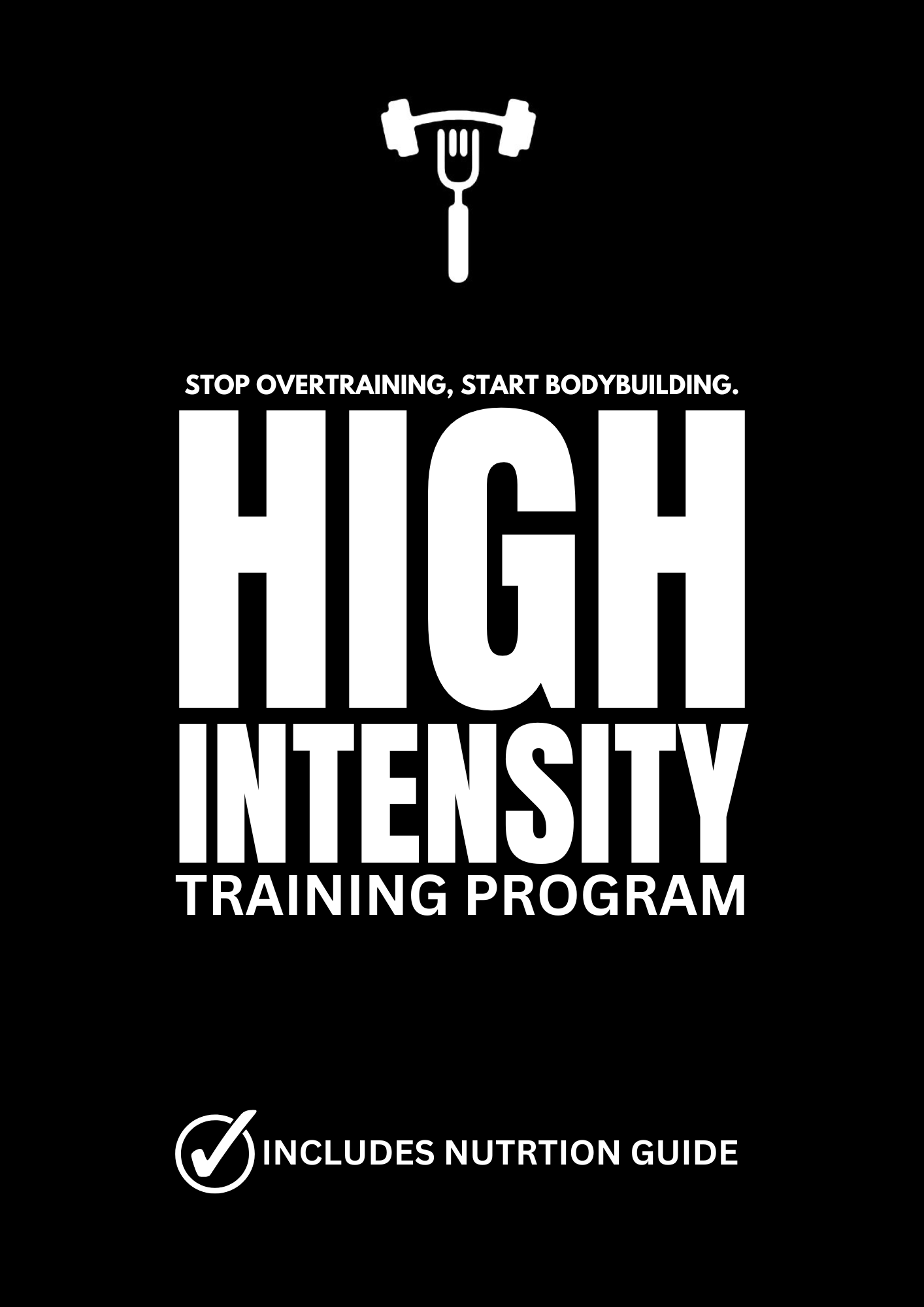Optimizing Meal Timing for Maximum Gains

You've dialed in your training routine, perfected your supplement regimen, and meticulously crafted your diet to include all the necessary macronutrients. But what if there's a missing piece to the puzzle? What if a simple tweak to your eating schedule could unlock even greater gains?
Enter meal timing, a strategy that involves consuming specific nutrients at strategic times based on your training schedule, goals, and the time of day. While many fitness enthusiasts focus solely on what they eat, recent research suggests that when you eat could be just as crucial for achieving optimal results in strength, size, and body composition.
Let's break down the key moments in your day when strategic nutrient timing can make a significant difference in your progress:
1. Whey Early:
Upon waking, your body has undergone a prolonged period of fasting, depriving your muscles of essential protein. Jumpstart muscle protein synthesis by consuming fast-digesting whey protein as soon as you rise. Aim for 20-30 grams to kickstart the muscle-building process. Pair this with complex carbs like oatmeal or Ezekiel cereal to replenish glycogen stores and fuel your day ahead.
2. Mid-Day Slump:
As the morning progresses, you may experience a dip in energy levels, especially during hectic work hours. Combat this slump by having a protein shake paired with healthy fats, such as almonds. This quick and convenient snack will provide your muscles with much-needed protein and stabilize blood sugar levels until your next meal.
3. Pre-Workout Loading:
Prioritize nutrient intake before hitting the gym to optimize performance and kickstart the recovery process. Consume a combination of protein and complex carbs approximately 30 minutes to an hour before your workout. This not only provides energy but also ensures that amino acids are readily available for muscle repair and growth post-exercise.
4. Post-Workout Punch:
Immediately after your training session, your muscles are primed to absorb nutrients like a sponge. Capitalize on this "anabolic window" by consuming a combination of fast-digesting whey protein and simple carbohydrates. This replenishes glycogen stores and promotes muscle recovery and growth.
Meal Timing Q&A With 'Bulking Not Sulking':
- Post-Workout Meal Timing:
After your post-workout shake, aim to consume a whole-food meal within an hour to maximize muscle growth. Your muscles are in dire need of nutrients post-training, and delaying this meal could hinder recovery and gains.
- Protein Before Bed:
Consuming protein before bedtime can support muscle repair and growth during overnight fasting. Opt for slow-releasing protein sources like casein powder or cottage cheese to sustain amino acid levels throughout the night.
- Morning Cardio:
Adjust your post-cardio nutrition based on your goals. If fat loss is your priority, opt for a smaller protein-carb combo to replenish energy stores without overdoing it on carbs.
- Off-Day Nutrition:
Tailor your off-day nutrition to your goals. If you're focusing on muscle gain, maintain a steady intake of protein and carbs to support recovery and growth. For those aiming to lean out, adjust carb intake accordingly by reducing pre and post-workout carbs while keeping protein intake consistent.
In conclusion, strategic meal timing can be a game-changer in your quest for a stronger, leaner physique. By optimizing nutrient intake around your training schedule and goals, you can maximize muscle growth, minimize muscle breakdown, and achieve your fitness objectives more efficiently. So, tweak your eating schedule, fuel your body strategically, and watch your gains soar to new heights.

